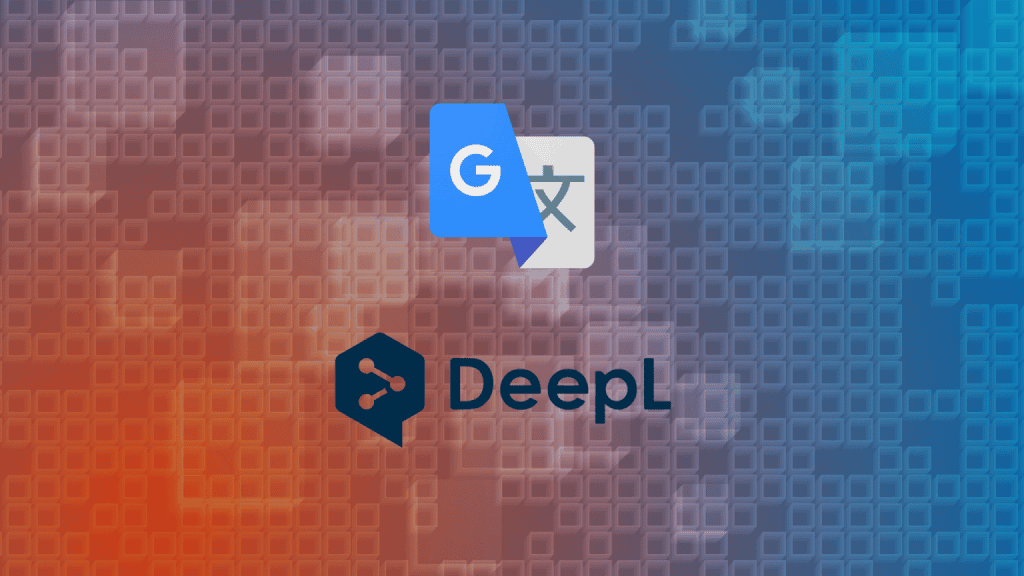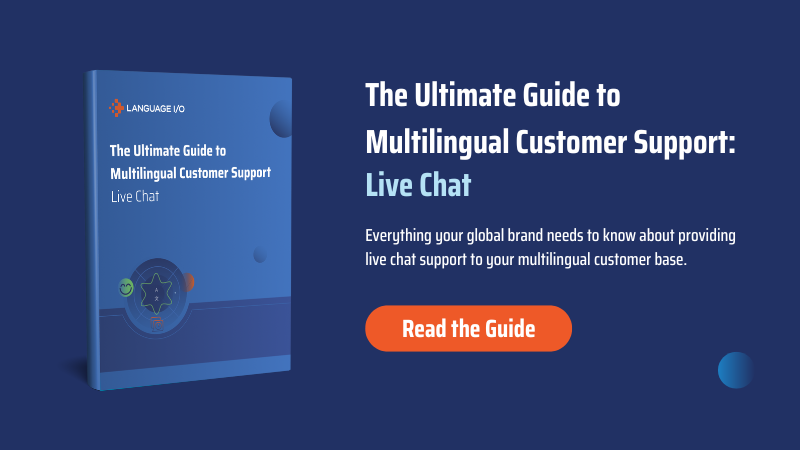As two widely available and free online translation technologies, Google Translate and DeepL are frequently compared. Users typically report varying degrees of success with each service, particularly depending upon the type of content they are translating or the languages associated with the translation. To fully understand the differences and similarities between the two services, there are nuances that must be considered.

First, a bit of history. Created in 2006, Google Translate has become almost synonymous with the concept of free online translation. The tool originally provided word-for-word translations which provided limited, patchworked results. In 2016, Google switched to a neural machine translation (NMT) model that significantly improved its overall translation accuracy.
DeepL was launched in 2017, over a decade after Google Translate. Developed by a former Google employee, DeepL is also an NMT engine that has quickly emerged as a solid competitor to Google Translate. Some users have expressed sentiments indicating a preference for DeepL, stating that it outperforms Google Translate. DeepL itself claims to be varying degrees of more accurate than alternative solutions, including Google Translate.
Comparing Google Translate and DeepL
To better understand the differences between the two, let’s take a look at several key factors that distinguish Google Translate from DeepL.
Language Support
One of the most obvious differences between the two platforms is the number of languages supported. Having recently added 24 languages to its service, Google Translate currently supports 133 languages. We can expect this number to increase, as Google currently has an additional 103 languages in development.
Conversely, DeepL supports significantly fewer languages. With the recent additions of Turkish and Indonesian, this brings the total count of languages supported by DeepL to 28, the majority of which are European. This limited selection excludes some of the world’s most commonly spoken languages, including Arabic, Hindi, and Bengali—together which are spoken by 1.1 billion people worldwide.
Feature Set
While both translation engines contain the same core feature—allowing users to translate content between languages—there are a number of distinctions between supplementary options that users have to improve or personalize translations.
In addition to allowing users to input content directly into a textbox, Google Translate enables users to upload entire documents or web pages to be translated into any of its supported languages.
The Google Translate app also permits users to translate image-based media in 27 languages. Users can use their mobile phones’ camera app to capture a piece of visual text, such as a packaging label, and see a live translation of the text into the target language.
Like Google, DeepL also allows users to translate entire files such as PDFs or PowerPoint files into a different language, though there is no option for websites. DeepL however does offer some key features not offered by Google, such as the ability to add terms to a glossary that dictates exactly how specific words should be translated. This can be important for properly translating brand names—for example, no one wants the “Apple” brand name to be translated into “manzana” or “pomme.” Another distinct feature, though one that is only available via the paid version of DeepL, is the ability to toggle between formal and informal tones. For languages like French, Spanish, and Russian, all of which have nuances associated with formal vs. informal, this kind of functionality can make a key difference in translation output.
Translation Quality
If the languages you seek to translate are supported by both DeepL and Google Translate, then translation quality is, of course, the most important factor in distinguishing between the two.
Given how long it has been around, Google Translate has in the past been lampooned for providing poor quality translations. However, the tool has made leaps and bounds in terms of translation quality over the years. A research study from 2019 found that 92% of English to Spanish translations and 81% of English to Chinese translations were translated accurately. While not all languages supported by Google Translate are quite so accurate—largely due to a lack of texts supporting the language translations—this indicates that the tool can be quite reliable from a quality perspective depending on the language.
That said, DeepL prides itself on providing better, more accurate translations than Google Translate and similar services. There are also third party reviews that indicate DeepL’s translations for Russian and Czech are more accurate than that of Google Translate.
Security
An often overlooked but critical factor of evaluating any neural machine translation platform is security. In the case of their free versions, both Google Translate and DeepL retain the history of text being translated. For businesses and organizations using either service to translate confidential and/or customer information, this poses a significant threat to data privacy and security. Therefore, it is extremely discouraged to translate incoming and outgoing communications, both among employees and with customers, in any free machine translation tool, including Google Translate or DeepL.
Choosing the Right Machine Translation Platform
It’s clear that both DeepL and Google Translate can provide quick translations of text. Even if the translations are not necessarily 100% accurate, they often are able to provide the general idea of what a text is communicating.
However, whether these services are accurate or effective will ultimately come down to what you’re trying to accomplish, the languages involved in your translation, as well as specific features you may be looking for. Ultimately, neither of these tools are a perfect solution, particularly when business applications are involved.
Companies that attempt to use Google Translate, DeepL, or other similar services as a way to translate communications with customers report major challenges with the quality of the translations and the limitations of the platforms. In the case of live chat translation, copying and pasting content in and out of Google Translate or DeepL is a clunky process that interrupts agents’ normal workflows, leading to frustrations and errors that can pose a threat to the relationship between a brand and its customers.

For B2B sales and support conversations, businesses are best served using an advanced conversational software solution such as Language I/O. Our proprietary machine translation technology aggregates the world’s leading machine translation engines (including Google Translate and DeepL) and uses AI-enabled technology to intelligently select the best engine for translation based on the context and languages associated with a specific translation. For more information about how Language I/O provides accurate translations for customer support functions, contact us or request a demo.